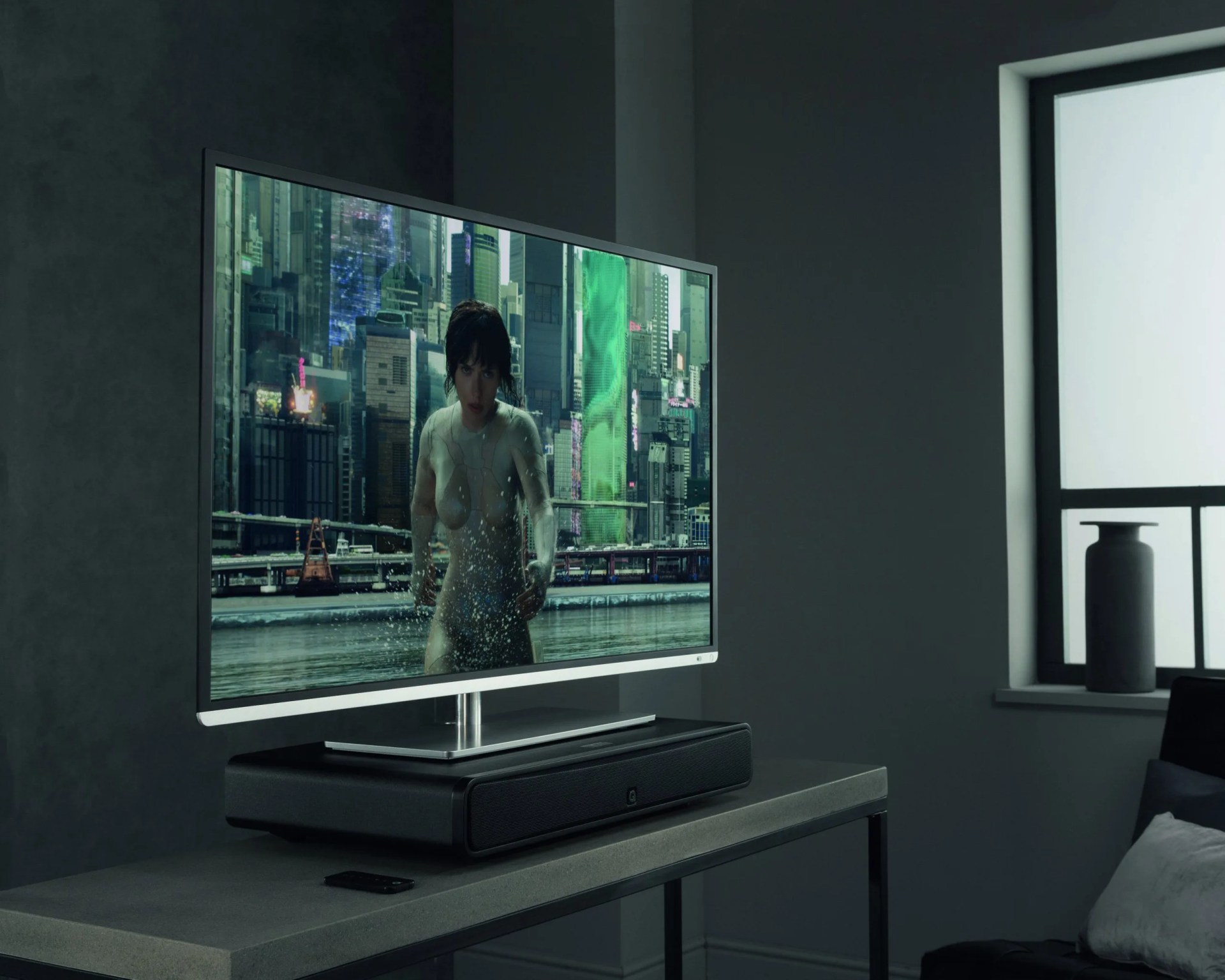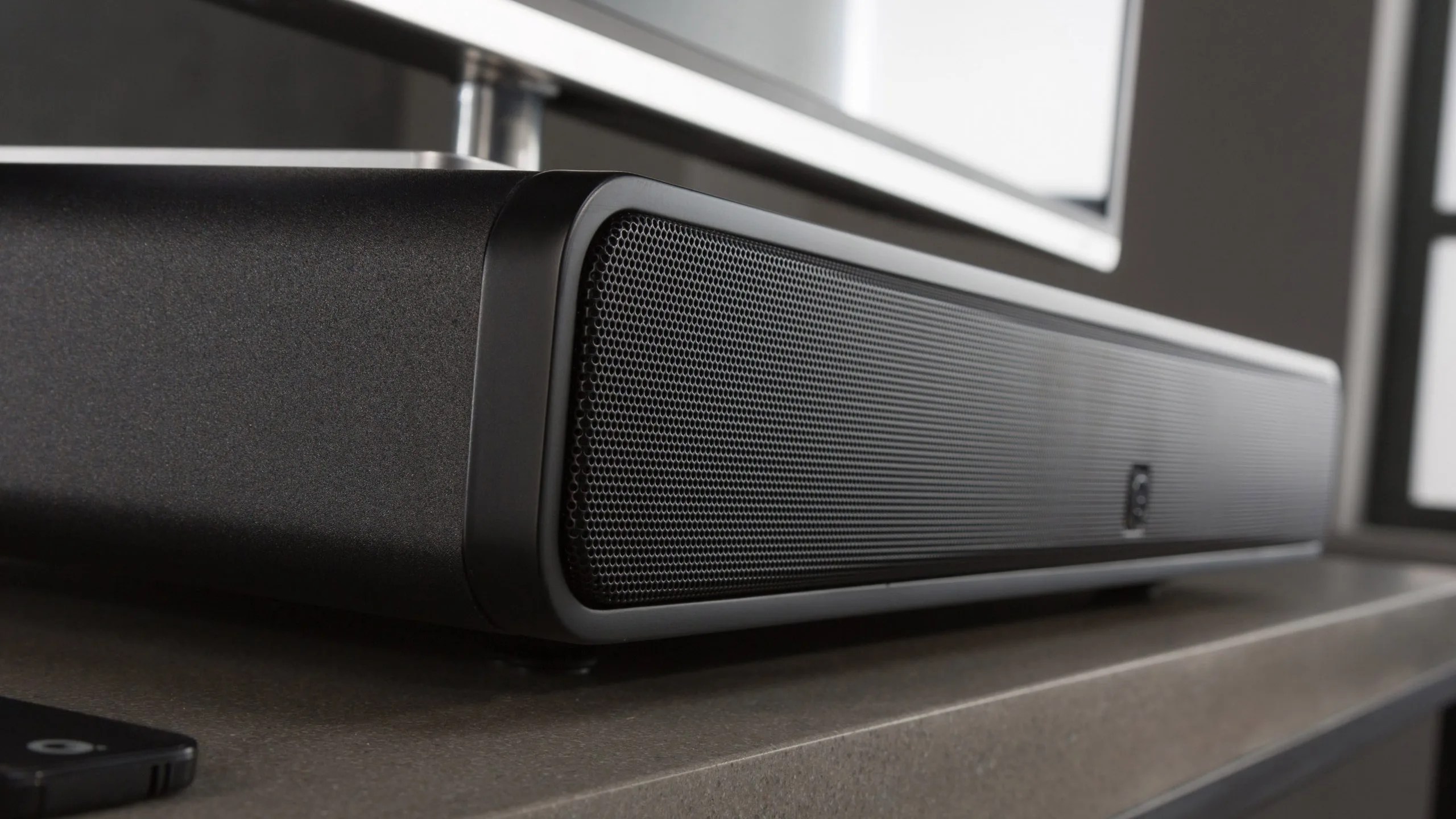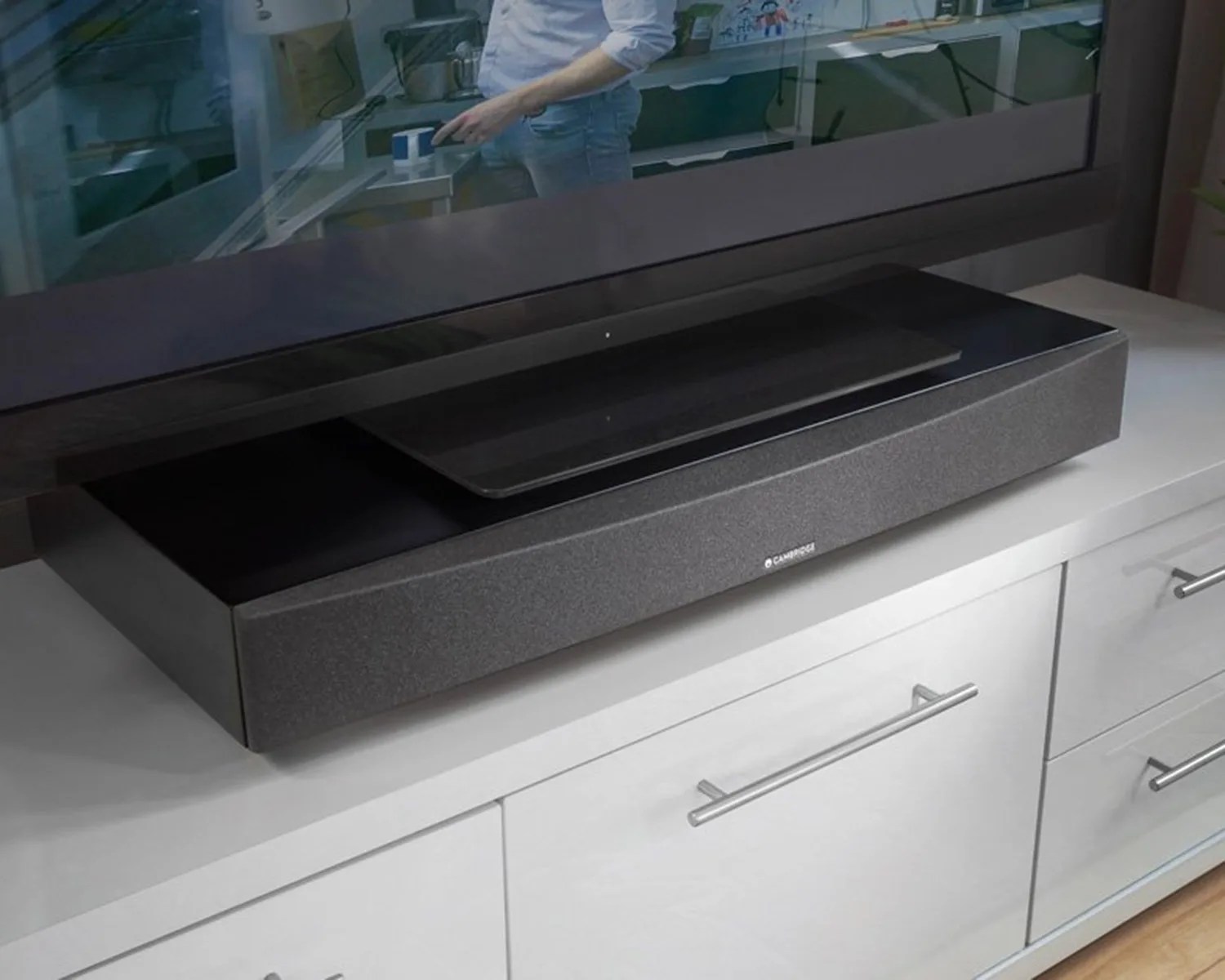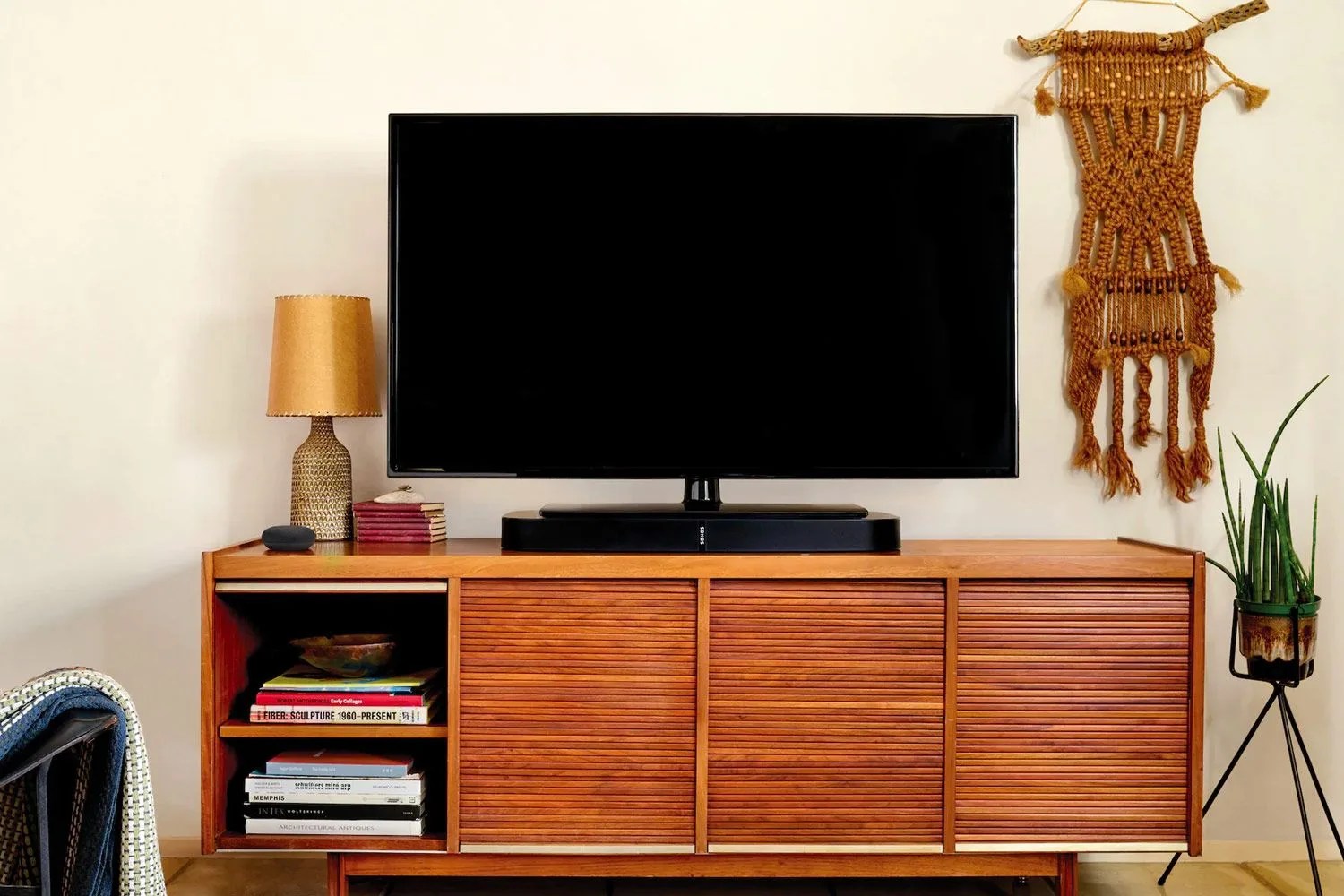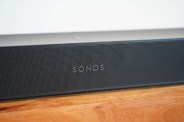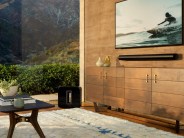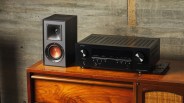When Sonos announced the Playbase back in 2017, it promised the future of home audio. Instead it was just a blip.
The device was something called a soundbase, a home theater component similar to a soundbar but larger and deeper so your TV could rest on top of it. At the time, Sonos claimed “up to 70 percent of all TVs” sat on top of furniture, not against a wall.
It wasn’t just Sonos. Several other renowned audio makers, including Q Acoustics, Cambridge Audio, Denon and Panasonic, all offered soundbases of their own.
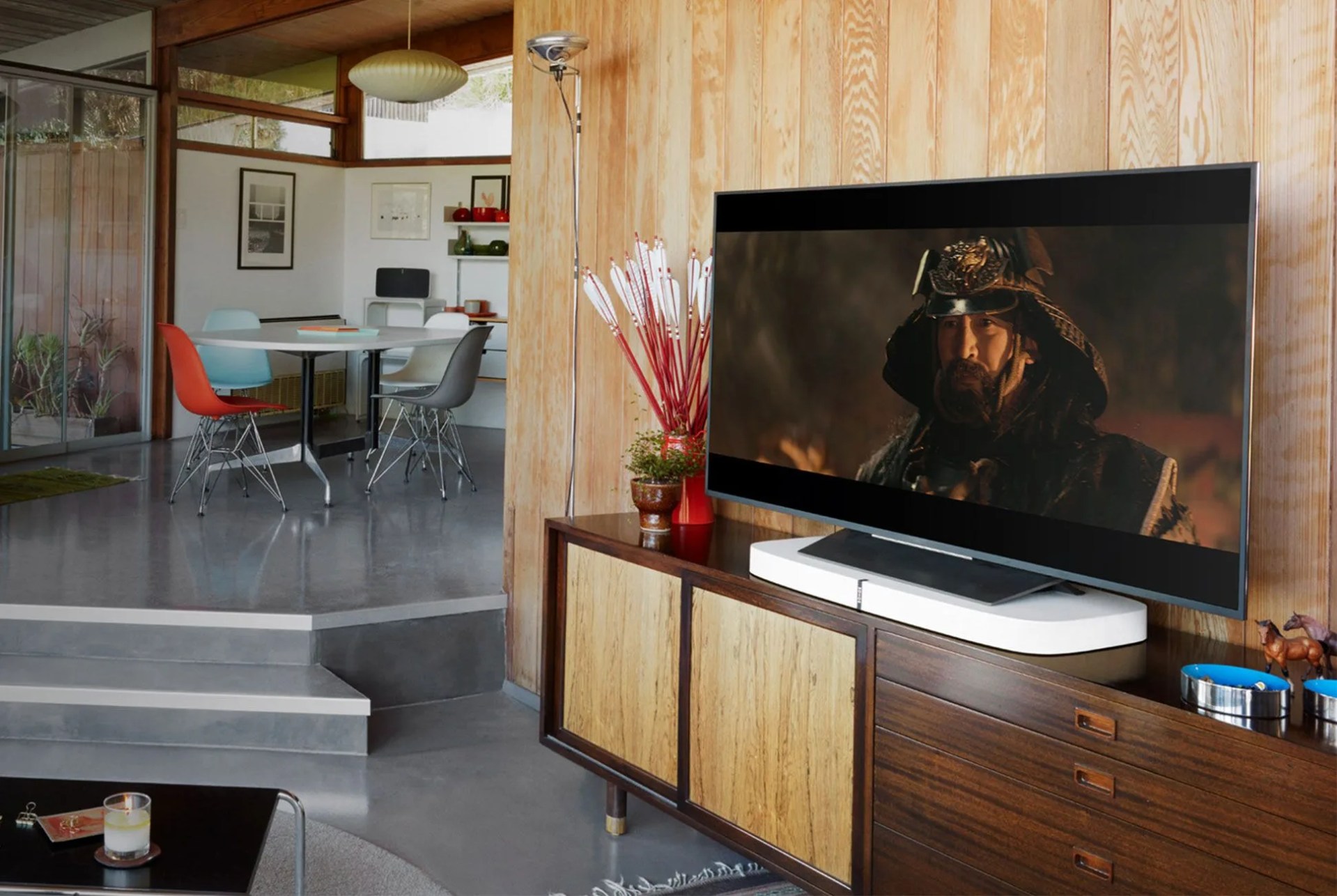
The run of Sonos’s Playbase lasted less than three years. The multi-room speaker giant stopped selling its soundbase in 2020 — the same year it released its first Dolby Atmos soundbar, the Arc. It never made another one.
Today, none of those other major players sell soundbases, either. Q Acoustics, Cambridge Audio, Denon and Panasonic have all gotten out, focusing on soundbars, AVRs and traditional surround sound systems instead.
So, what happened?
